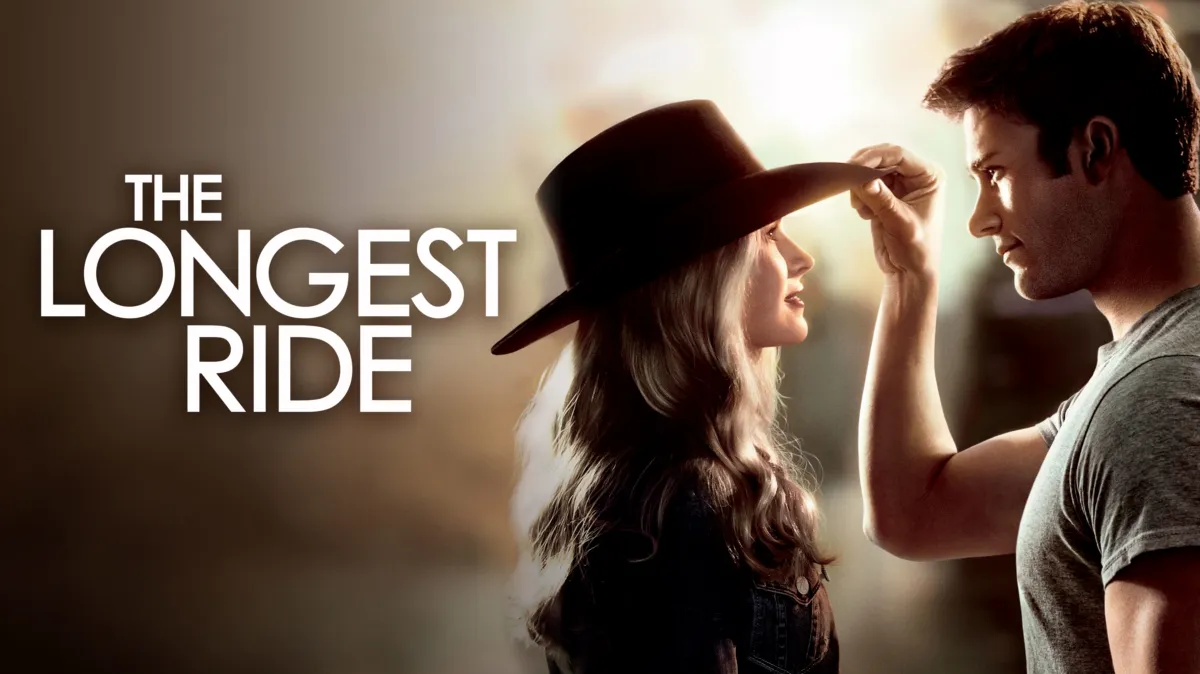
Stephen King’s Pet Sematary is one of the most haunting stories in modern horror, and its film adaptations have captured that chilling dread with disturbing clarity. The story revolves around the Creed family, who move to a rural town in Maine and discover a mysterious burial ground in the woods — one that brings the dead back to life. But the resurrection comes with a horrifying price.
The 2019 reboot brought fresh energy to the original 1989 adaptation. It retained the core themes of grief, denial, and the dangers of tampering with fate, while twisting expectations with a few major plot changes — notably swapping the child who dies and returns. The film dives into primal fears: what would we do to bring back someone we love? And how far is too far?
With gloomy cinematography, a haunting score, and intense performances (especially by Jason Clarke and Jeté Laurence), Pet Sematary stands as a reminder that the scariest monsters may be the choices we make when we’re in pain.
Though the 2023 prequel Pet Sematary: Bloodlines explored the origin of the cursed burial ground, fans still hunger for a continuation of the Creed family’s tragic story. A potential sequel, Pet Sematary: The Return, could follow Ellie Creed — now older, psychologically scarred, and possibly still undead — as she grapples with her monstrous legacy.
What if Ellie, aware of her unnatural existence, returns to destroy the source of the evil — or worse, to use it for her own dark purpose? A new chapter could explore generational trauma, the battle between nature and the supernatural, and whether the cycle of death can truly be broken.

The Pet Sematary franchise endures because it taps into the most human of emotions: grief, regret, and love twisted by desperation. Unlike traditional horror films that rely solely on gore or jump scares, this story is slow, tragic, and deeply psychological. It makes you uncomfortable not just because of what you see — but because of what it makes you feel.
If a new sequel is developed, it has the potential to go beyond horror and become a gothic, mythic exploration of death, memory, and redemption.



